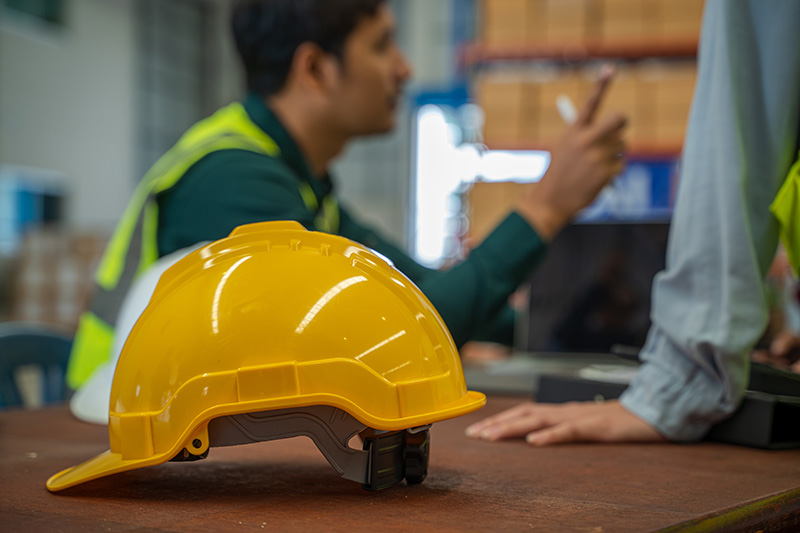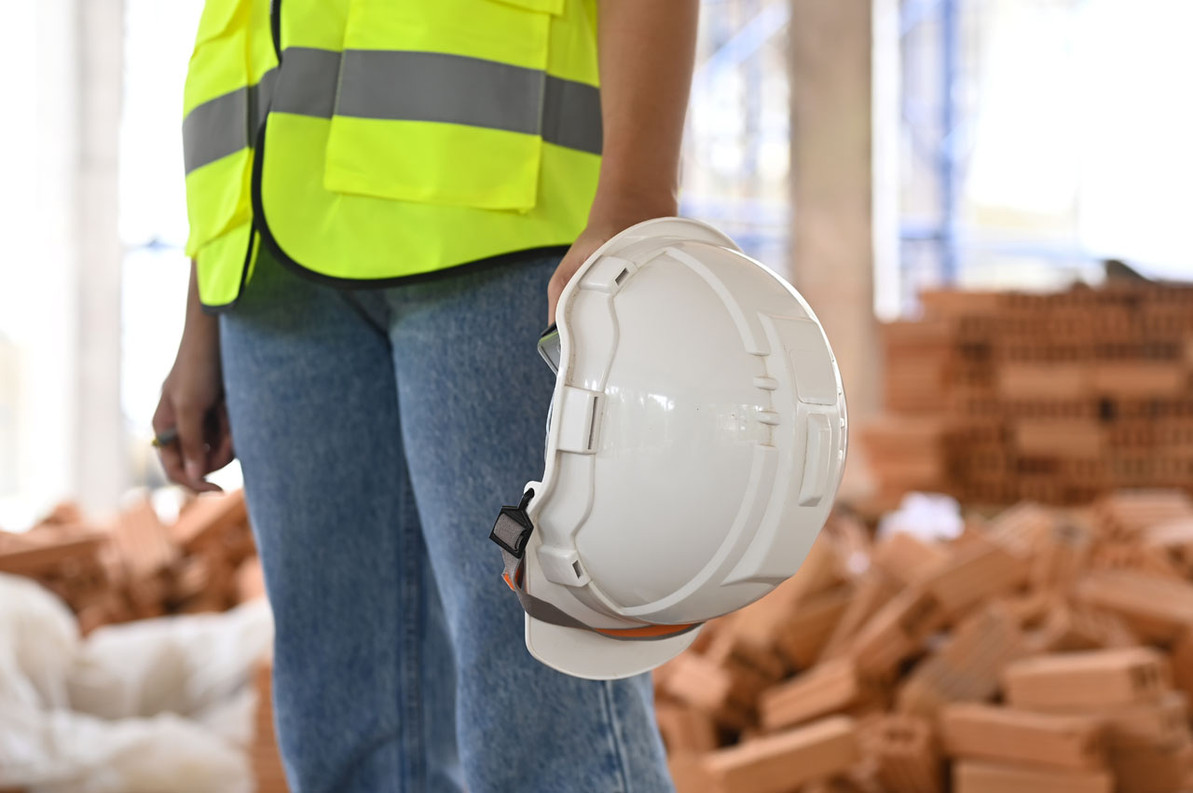Switch Hard Hats to Safety Helmets?
Safety Helmets: Essential for the Workforce
The Occupational Safety and Health Administration (OSHA), a leading authority in workplace safety, strongly advocates for the use of safety helmets across numerous industries. Foremost among these are the construction and oil and gas industries, sectors characterized by their high-risk environments and demanding operations.
Working in these industries often involves tasks such as handling heavy machinery, electrical work, and working from significant heights - making protective headgear a non-negotiable necessity. Furthermore, OSHA recommends the use of safety helmets in specialized work scenarios involving high-temperature environments. This ensures the protection of workers from potential heat-related hazards.

Low-risk environments are no exceptions. OSHA encourages the implementation of safety helmets not just as a precaution, but as a standard practice to foster a strong safety culture throughout all work sectors, no matter the perceived risk level.
However, in many cases, the use safety helmets is mandated by regulations or standards. This underscores the essential role they play in maintaining workplace safety and wellbeing. After all, a safe worker is a productive worker, and safety helmets are a critical tool in making this a reality.
Switch Hard Hats for Safety Helmets
Safe-Fast has the latest Safety Helmets with Mips Safety System that help protect the wearer from brain injury and suffering head concussion. The safety standards of Safety Helmets offered by Safe-Fast have the following specifications:
ANSI Z89.1 (Type 2) or ANSI Z89.1 (Type 1) and EN12492 performance standards
4.2.1.2 (front energy absorption)
4.2.1.3 (side energy absorption)
4.2.1.4 (rear energy absorption)
4.2.3 (retention system strength)
4.2.4 (retention system effectiveness).
View the announcement from OSHA below:
OSHA announces switch from traditional hard hats to safety helmets to protect agency employees from head injuries better:
U.S. Department of Labor
Occupational Safety and Health Administration
Office of Communications
Washington, D.C.
www.osha.gov
For Immediate Release
December 11, 2023
Contact: Office of Communications
Phone: 202-693-1999
WASHINGTON – The U.S. Department of Labor's Occupational Safety and Health Administration announced that the agency is replacing traditional hard hats used by its employees with more modern safety helmets to protect them better when they are on inspection sites.
In 2020, the Bureau of Labor Statistics reports head injuries accounted for nearly 6 percent of non-fatal occupational injuries involving days away from work. Almost half of those injuries occurred when workers came in contact with an object or equipment while about 20 percent were caused by slips, trips and falls.
Dating back to the 1960s, traditional hard hats protect the top of a worker's head but have minimal side impact protection and also lack chin straps. Without the straps, tradition hard hats can fall off a worker's head if they slip or trip, leaving them unprotected. In addition, traditional hard hats lacked vents and trapped heat inside.
On Nov. 22, 2023, OSHA published a Safety and Health Information Bulletin detailing key differences between traditional hard hats and more modern safety helmets and the advancements in design, materials and other features that help protect workers' entire heads better. Today's safety helmets may also offer face shields or goggles to protect against projectiles, dust and chemical splashes. Others offer built-in hearing protection and/or communication systems to enable clear communication in noisy environments.
The agency recommends safety helmets be used by people working at construction industry and the oil and gas industry; in high-temperature, specialized work and low-risk environments; performing tasks involving electrical work and working from heights; and when required by regulations or industry standards.
OSHA wants employers to make safety and health a core value in their workplaces and is committed to doing the same by leading by example and embracing the evolution of head protection.
Resource: Occupational Safety and Health Administration
Recent Posts
-
Switch Hard Hats to Safety Helmets?
Safety Helmets: Essential for the Workforce The Occupational Safety and Health Administration (OSH …02.04.24 -
What is Mips Safety System?
Did You Know Securis manufactured one of the first industrial helmets featuring Mips patented …01.30.24 -
Annual Fall Protection System Inspection and Re-certification
Self Retracting Lifelines Inspection & RepairAnnual fall protection system inspection and re-certifi …01.24.24





